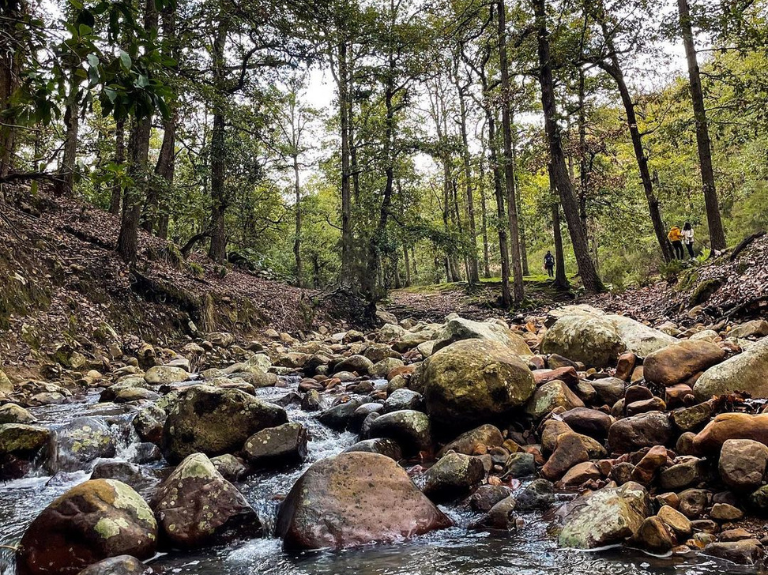
These protected areas are home to an incredible range of plant and animal life, many of which cannot be found anywhere else in the world. In this article, we will explore some of Tunisia's most stunning nature reserves and what makes them worth visiting.
Located in the north of Tunisia, Ichkeul National Park is a UNESCO World Heritage site and one of the most important wintering areas for migratory birds in the Mediterranean. The park is centered around Lake Ichkeul, which is the last remaining large lake in a chain that once extended across North Africa. The lake is surrounded by marshlands, wetlands, and forests, making it a haven for a wide variety of wildlife.
Visitors to Ichkeul National Park can expect to see a diverse range of birds, including pink flamingos, herons, egrets, and storks. The park is also home to many mammals, such as wild boars, jackals, and mongoose. In addition to its wildlife, the park is also home to a number of ancient ruins, including the Roman city of Suctul and the Punic town of Utica.
In the north-west of Tunisia, visitors will find El Feija National Park, a lush and green nature reserve that is home to a diverse range of plant and animal life. The park is located in the Kroumirie Mountains and is characterized by its dense forests, crystal-clear streams, and stunning waterfalls.
El Feija National Park is home to a wide variety of mammals, including the Barbary stag, wild boars, and foxes. The park is also home to a number of rare bird species, such as the Egyptian vulture and the black-shouldered kite. Visitors to the park can enjoy hiking, birdwatching, and horseback riding, making it an ideal destination for nature lovers.
Just off the coast of Tunisia, visitors will find the stunning Zembra and Zembretta Islands, a pair of small islands that are home to a unique and diverse range of plant and animal life. The islands are located in the Mediterranean Sea and are characterized by their rugged cliffs, crystal-clear waters, and pristine beaches.
The islands are home to a wide variety of birds, including sea gulls, cormorants, and ospreys. The islands are also home to a number of mammals, such as dolphins, monk seals, and loggerhead turtles. The islands are a popular destination for scuba diving and snorkeling, as the waters are teeming with marine life and colorful coral reefs.
In the south of Tunisia, visitors will find Chott El Jerid, a stunning natural wonder that is unlike any other place in the world. The chott is a large salt lake that is located in the Sahara Desert and is characterized by its white, glistening sands and shallow waters.
The chott is home to a unique range of plant and animal life, including the desert hedgehog, the fennec fox, and a number of bird species, such as the desert lark and the cream-colored courser. Visitors to Chott El Jerid can enjoy walking on the salt flats, taking in the stunning views, and experiencing the unique landscape of the Sahara Desert.
A nature reserve is a protected area of land or water that is set aside for the conservation of wildlife and natural habitats. Nature reserves can be found all over the world and are often home to a diverse range of plant and animal life.
There are 19 nature reserves in Tunisia, each one home to a unique range of plant and animal life. From the lush forests of El Feija National Park to the stunning waterfalls of Zembra and Zembretta Islands, Tunisia's nature reserves are truly a hidden gem waiting to be discovered.
Many of Tunisia's nature reserves are easy to visit, with well-maintained trails, visitor centers, and guided tours available. Visitors can also explore the nature reserves on their own, but it is important to be respectful of the environment and the wildlife that live there. It's also important to note that some nature reserves may have restrictions on access, so it's always a good idea to check in advance.
Tunisia's nature reserves are a must-visit for anyone looking to experience the country's unique and diverse natural beauty. From the stunning birds of Ichkeul National Park to the crystal-clear waters of Zembra and Zembretta Islands, these protected areas are home to a wide variety of plant and animal life, making them an unforgettable destination for nature lovers.